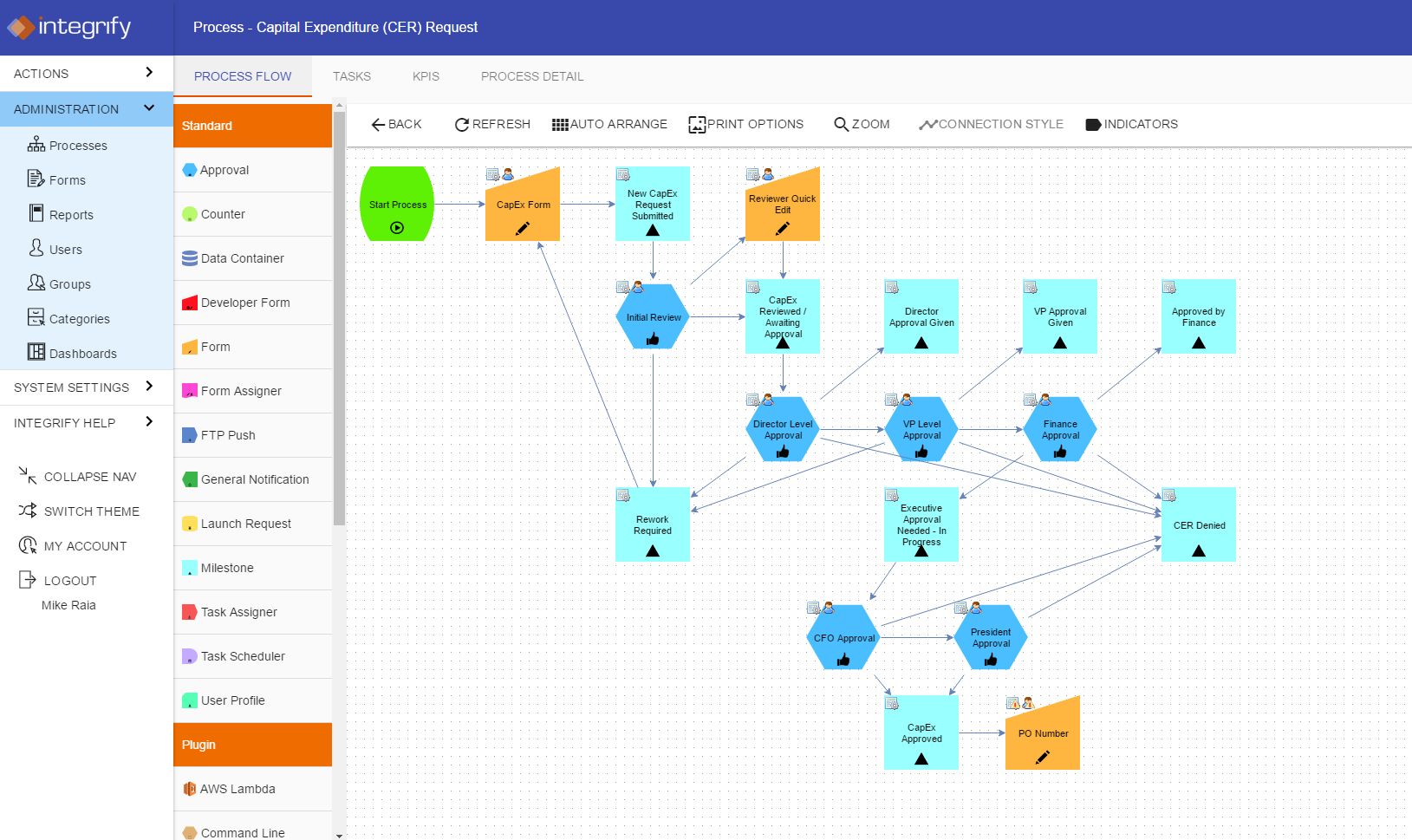Remote work is the buzzword of the day as more and more businesses scramble to find ways to keep productivity up even when employees are confined to their homes, but it’s not a new concept. In fact, over the past decade thousands of businesses have found they can make gains in productivity and the quality of work by allowing at least part-time remote work. Others have found recruiting workers who must remain remote increases the talent pool, leading to faster innovation. Whether you’re investigating remote collaboration to get an edge or just to stay afloat in today’s business environment, there are some keys to get more done, quickly.
1. Automate Workflow for Administration
One of the best ways to smooth the process of doing business online is to find the right workflow automation tool for your administrative team. This helps with onboarding new team members and contractors by providing an easy path to getting all the right forms in, with e-signature verification and other tools to reduce the paper waste created. You can quickly process NDAs, contracts, and more with a system like this, and it’s just a hint of the many ways the right online tools can help when you’re facilitating a long-distance work process.
2. Build a Unified Digital Environment
The right workflow software can also help individual project teams do more, especially when paired with other essential collaborative tools like cloud storage for project files and video conferencing resources for planning meetings. The key is finding a way to bring it all together into an easy to navigate digital environment your workers can swiftly move through as needed. If you have an L&D department working on enrichment and professionalization, integrating those tools into your regular workflow and collaboration tool kit is also a good idea, so employees can access everything together, from workflow to training to email.
3. Encourage Timely, Efficient Communication
When employees work remotely, they also tend to work on less uniform schedules. This can mean team collaboration happens asynchronously, leading to issues that crop up while the key team member who could resolve them is unavailable. Encouraging good communication habits like checking messages first, before logging into projects, can be the key to ironing out some of those differences. So can clear expectations for how quickly email responses need to be back, and other policies that provide a clear set of guidelines for people who aren’t necessarily working side by side or even at the same time.
There’s a lot of balancing to do when you are trying to bring a team together remotely, but there are a lot of opportunities to do more and to do it more efficiently. What it takes is the right management mindset and the right tool kit, and it’s never too early to start developing either one.
